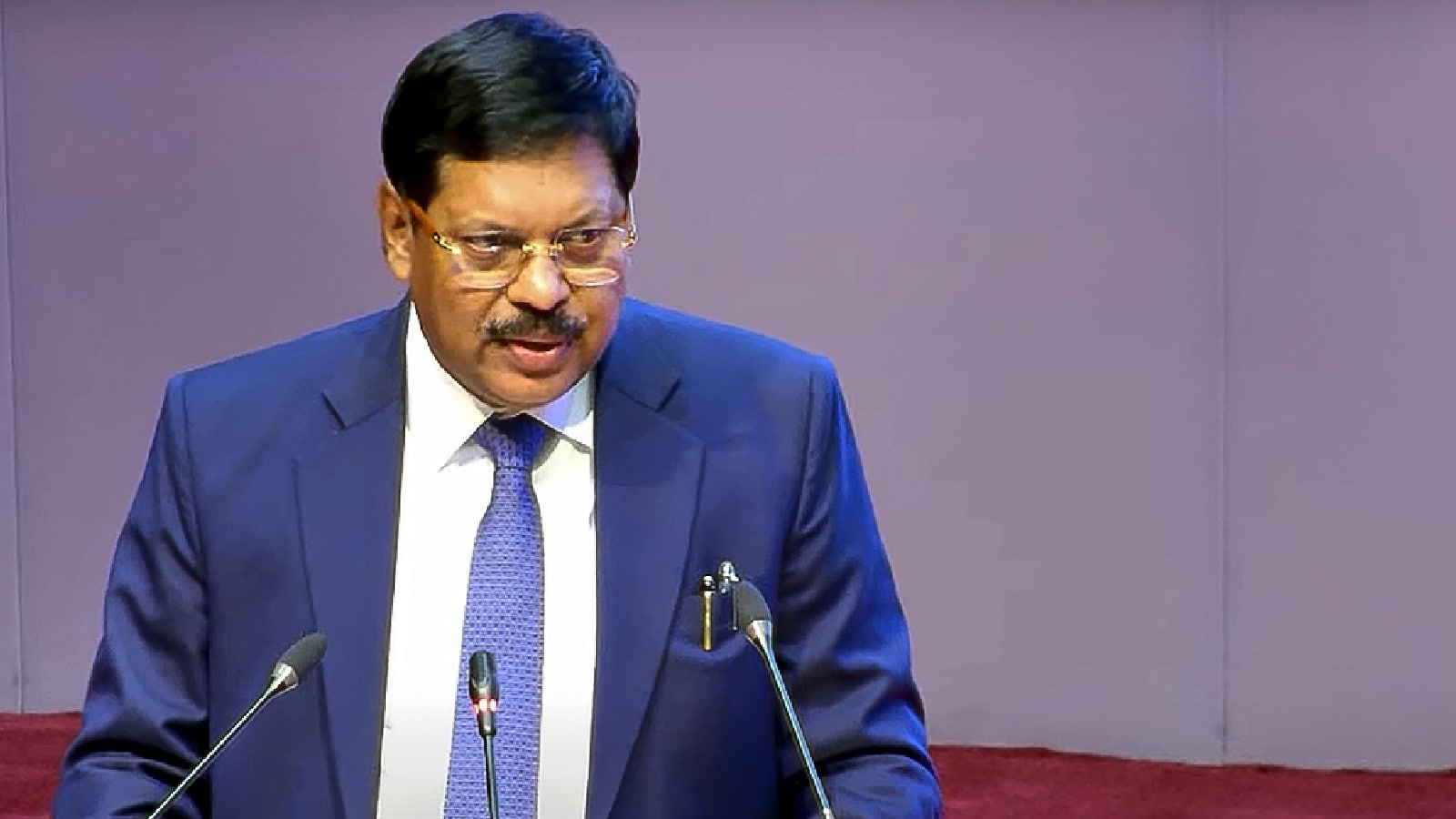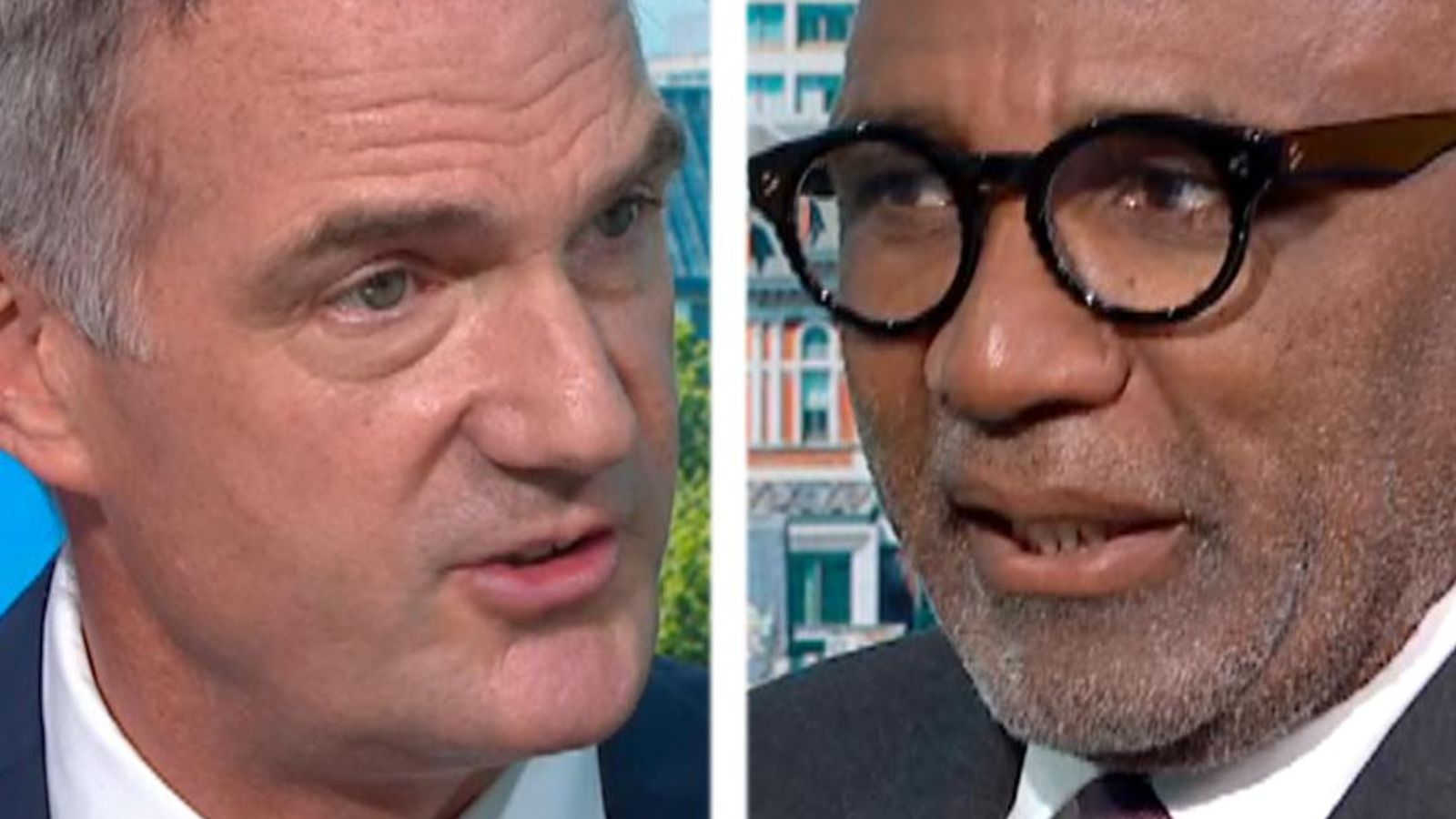Beyond Face Tech: Australia Needs a Smarter Security Strategy - Is This the Answer?

Australia's national security landscape is constantly evolving, and so too must our technological approaches. While facial recognition technology (FRT) has been touted as a powerful tool for law enforcement and border control, a growing chorus of experts are raising serious concerns about its reliability and vulnerability. The rise of sophisticated AI and deepfakes presents a significant threat, potentially rendering FRT systems easily manipulated and undermining their effectiveness.
This isn't about rejecting technology outright. It's about recognising that FRT, in its current form, carries unacceptable risks. The potential for misidentification, bias, and misuse is simply too high, especially when considering the impact on civil liberties and the erosion of public trust. We need to seriously consider alternatives – solutions that are both more secure and more respectful of individual rights.
The Deepfake Dilemma: Why FRT is Losing Ground
The core issue lies in the vulnerability of FRT to deepfakes – AI-generated images and videos that are increasingly realistic and difficult to detect. A malicious actor could easily create a synthetic identity to bypass security measures, or manipulate existing FRT systems to falsely identify innocent individuals. This isn't a futuristic scenario; the technology is here now, and its capabilities are rapidly improving.
Furthermore, FRT algorithms have been shown to exhibit biases, disproportionately misidentifying individuals from certain ethnic backgrounds. This can lead to unfair targeting and discriminatory practices, further eroding public confidence in the system.
A Path Forward: Exploring Alternative Technologies
So, what are the alternatives? While a complete abandonment of biometric identification may not be feasible, there's a wealth of promising technologies that deserve serious consideration:
- Voice Recognition: Voice biometrics offer a more robust alternative in many scenarios, as they are less susceptible to deepfake manipulation and are often more accurate than FRT.
- Behavioural Biometrics: This approach analyzes unique patterns in how individuals interact with devices – their typing speed, mouse movements, and even the way they hold their phone. It's far more difficult to replicate than facial features.
- Multi-Factor Authentication (MFA): Combining multiple forms of identification, such as passwords, security questions, and biometric data, significantly enhances security.
- Enhanced Surveillance Systems with Human Oversight: Investing in advanced CCTV systems with improved image quality and incorporating trained human analysts can be a more reliable and accountable approach than relying solely on automated FRT.
The Australian Context: A Call for Strategic Rethinking
Australia needs to initiate a national conversation about the future of biometric identification. This includes a thorough assessment of the risks and benefits of FRT, as well as a comprehensive exploration of alternative technologies. We should be looking at international best practices and collaborating with experts in the field to develop a robust and ethical security framework.
Moving beyond face tech isn't about weakening our security; it's about strengthening it. It's about embracing a smarter, more resilient approach that prioritizes both national security and the protection of individual rights. The time for a strategic rethink is now.






